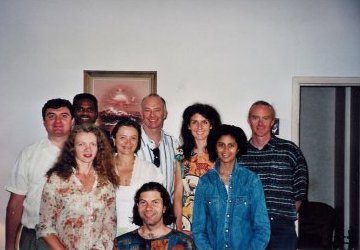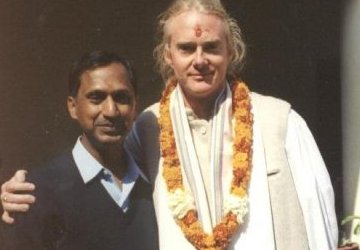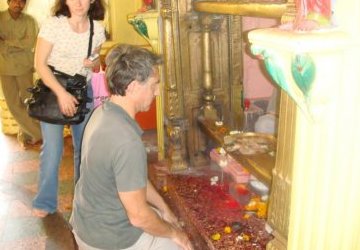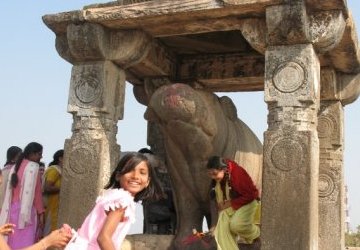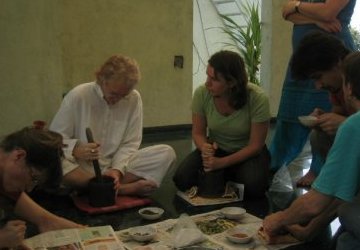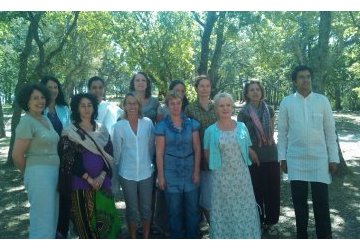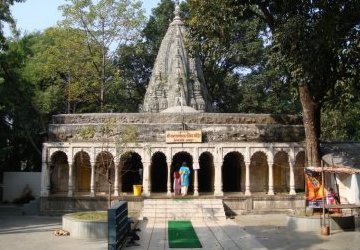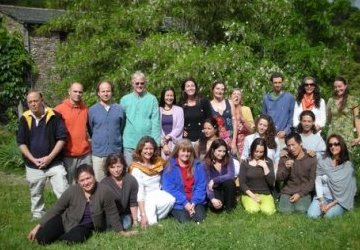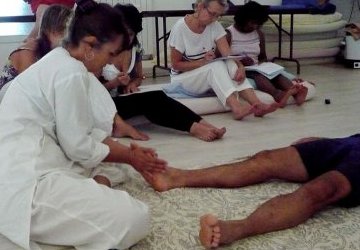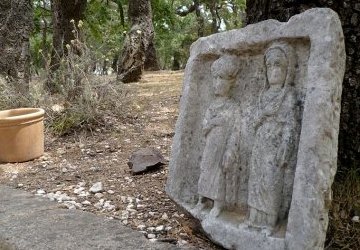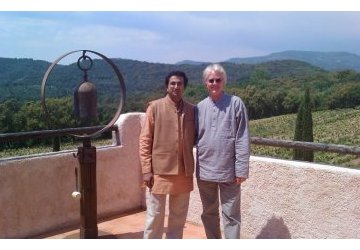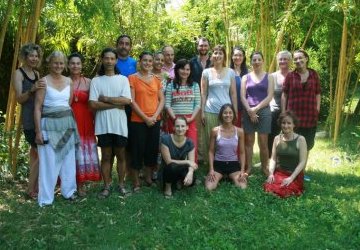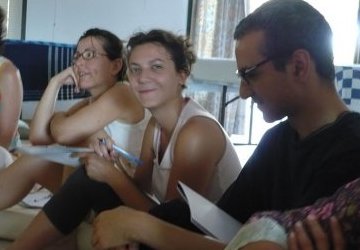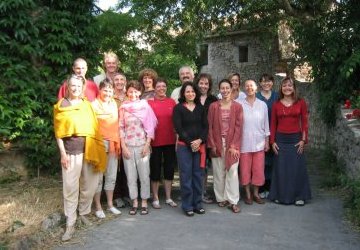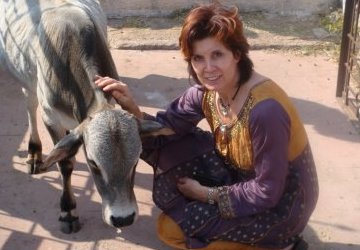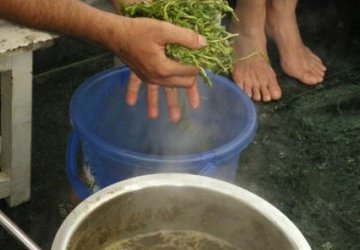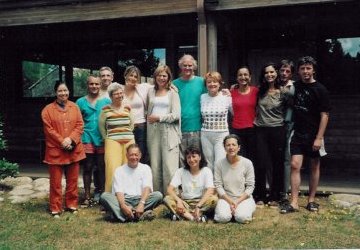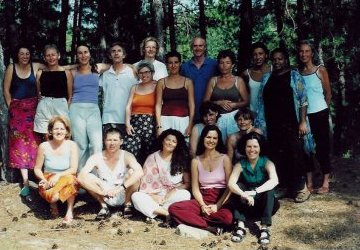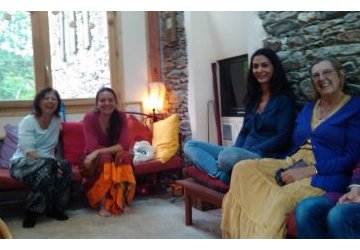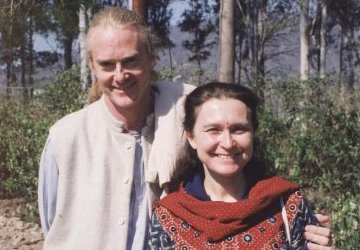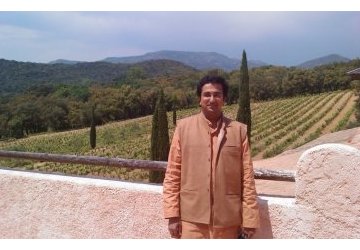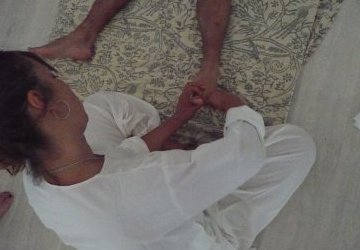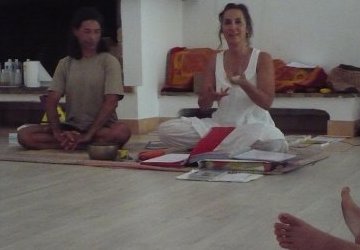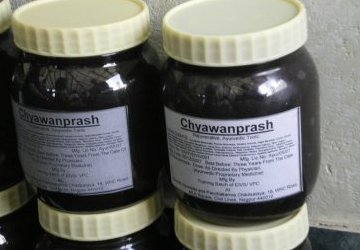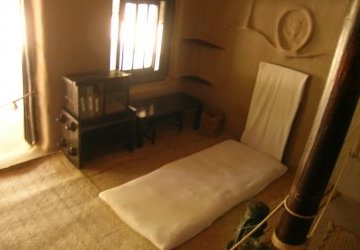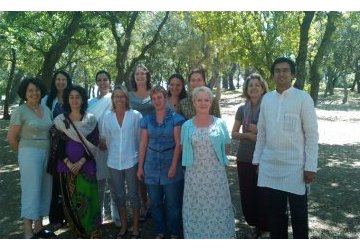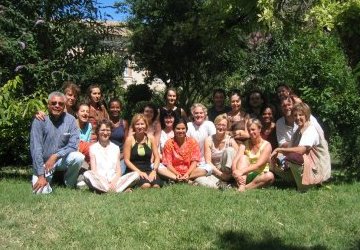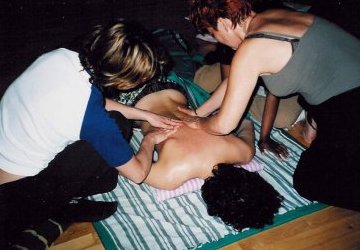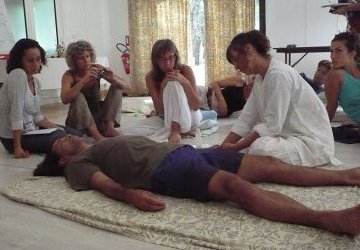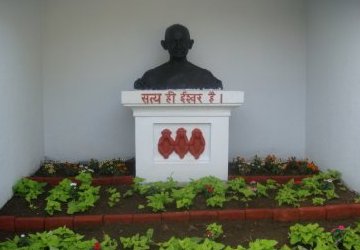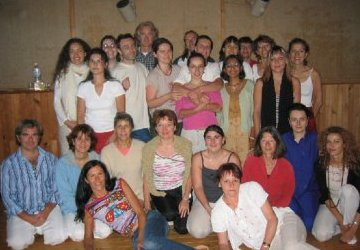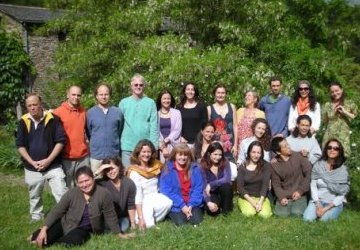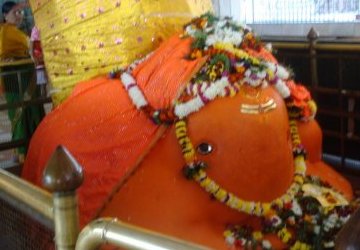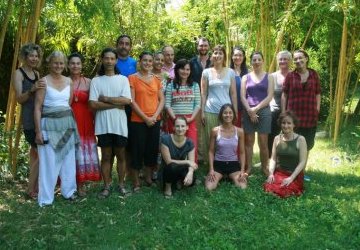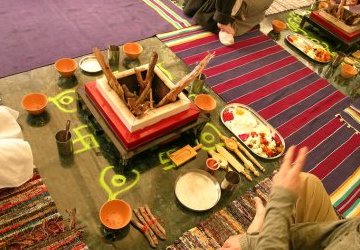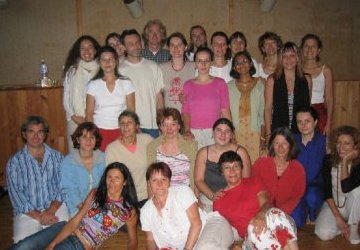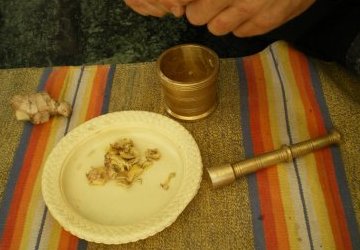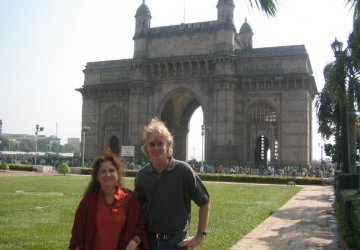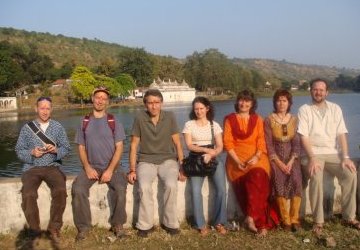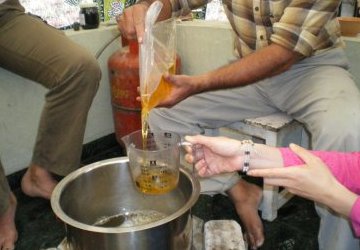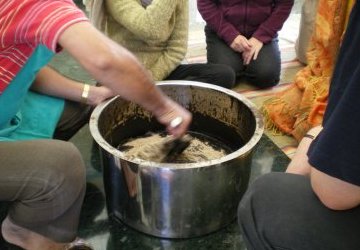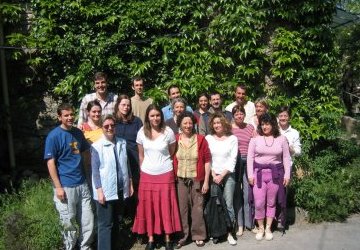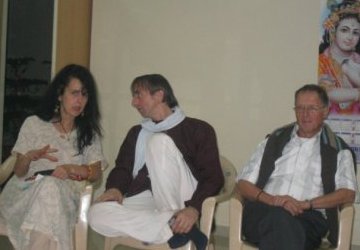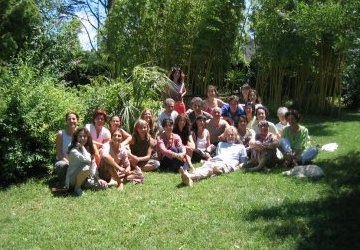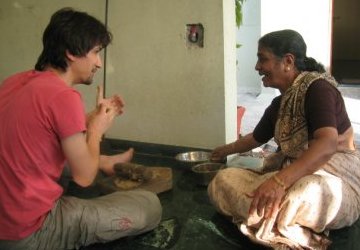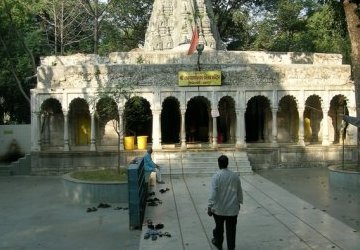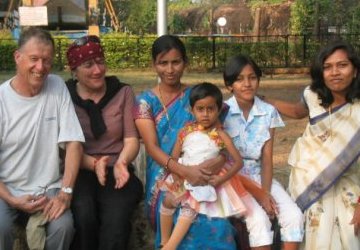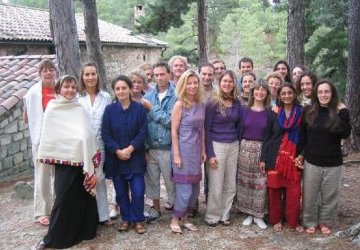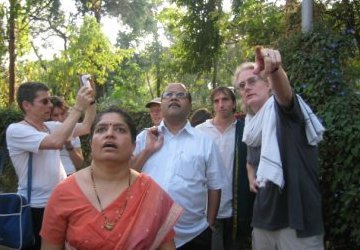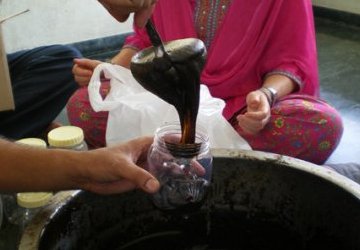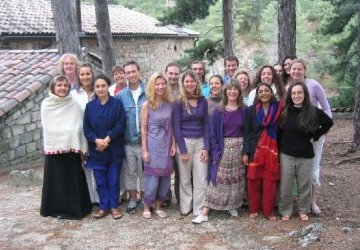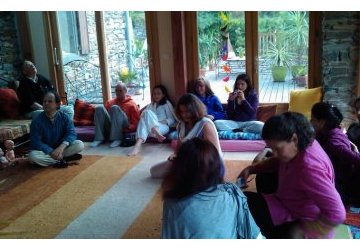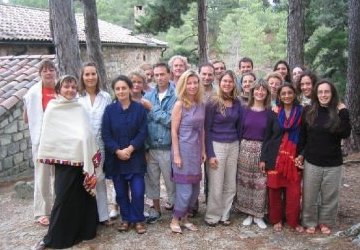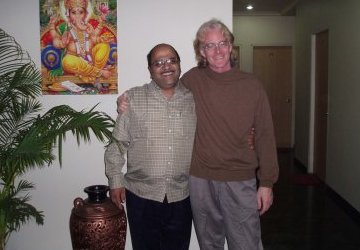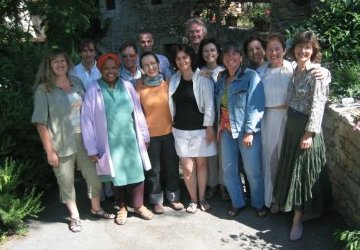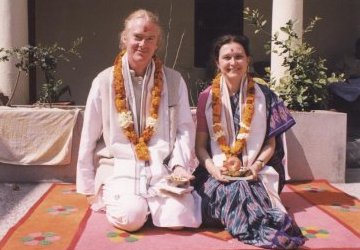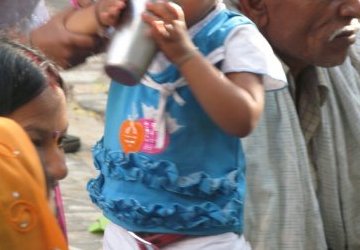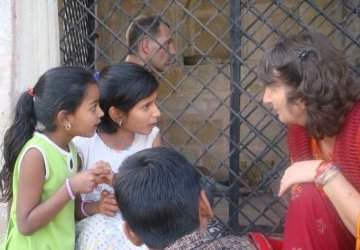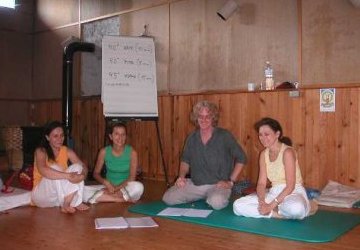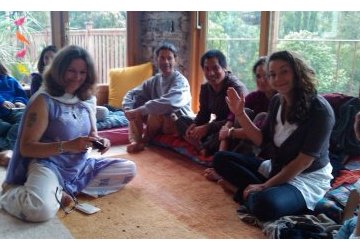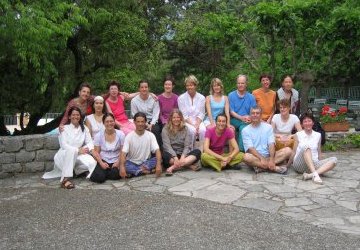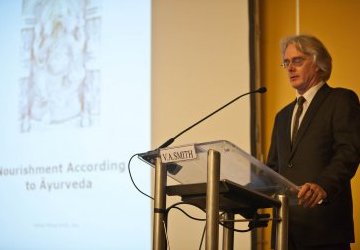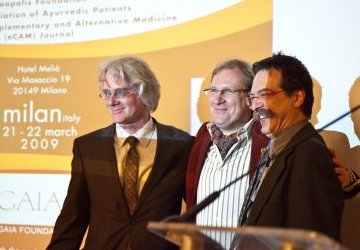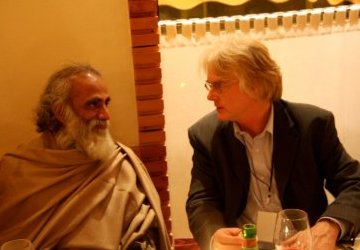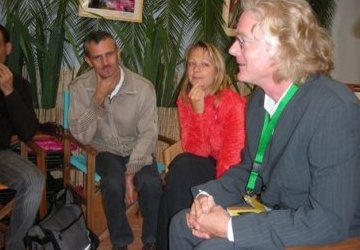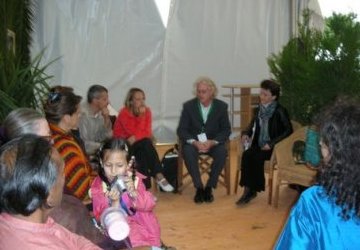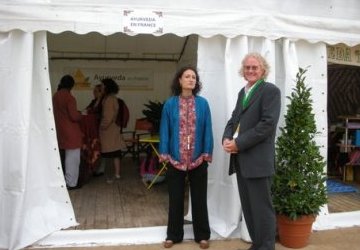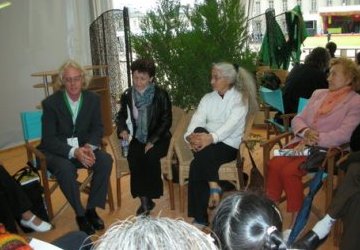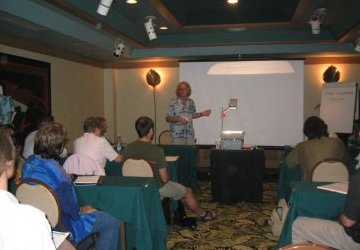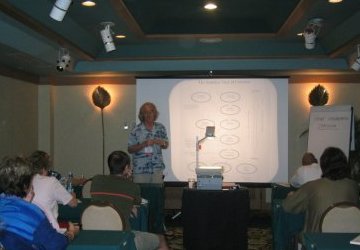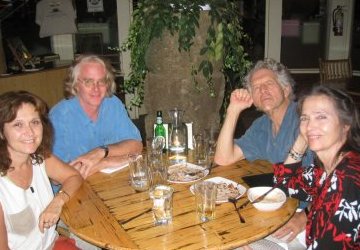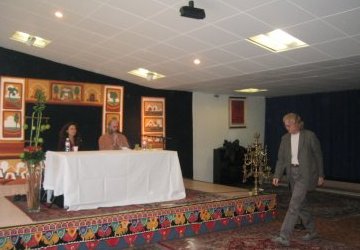Ayurvedic Phytotherapy - Part II
In Ayurvedic medicine there is a clear distinction between the person and illness. There are two different treatment protocols for the individual and the disease. In Ayurveda the Sanskrit terms Prakriti and Vikriti are used to indicate the person’s constitution (prakriti) and the disease symptoms (vikriti).
The word prakriti generally means the ’nature’ of a person or the life long constitution. These are both physiological and psychological traits that dominate throughout the life. Physiologically the constitution is represented by the frame or structure and by the average metabolic state (fast, slow, warm, cold, etc.) of the body. Psychologically the mind tends to function along patterns that are observable, for example a dynamic personality, a submissive personality, a sentimental personality, or a creative personally. Therefore through observation we can see which of the three Ayurvedic humors (or doshas) is dominant in our body and mind. Whichever is dominant becomes our prakriti or constitution.
The word vikriti generally means ’that which is covering our nature’. This means any abnormal state such as being sick. We can loosely define vikriti as the disease state because it ’covers’, or takes over, our natural state of health.
We now have three clear options for clinical treatment in Ayurveda. We can treat the constitution or life long nature of the person; we can treat the disease symptoms of the person; or we can treat both together. Classical Ayurveda always takes into consideration the constitution of the person even when treating the disease. This is because it recognizes the potential for undesirable side effects when an herb conflicts with the constitution of a person. It is of the utmost importance to clearly choose one approach simply because a mixed choice gives mixed results.
In the West we are most familiar with treating the symptoms of disease, as these are easily observable and usually uncomfortable for the patient. There is nothing wrong in this approach per ce as it often gives quick results and helps the client to feel better promptly. The disadvantage is that it may not cure the cause of the symptoms. In fact, the modern approach of phytotherapy is often not effective in actually curing the disease because the root cause is not found or known. Additionally, the modern approach is somewhat limited in its ability to diagnose or discover the root cause of the illness.
This is the major problem with the mechanical biochemical approach to herbal medicine. The modern approach is very effective to reduce symptoms quickly and is best used for emergency situations. However it lacks a diagnostic system to discover the causes of illness. For example it is a recent development in biochemical medicine to acknowledge the effect diet has on our health - a fact long know to Ayurvedic herbalists.
Treating the root cause of any disease is done by first establishing the constitution of the person. This is done by observing the person as a whole (described above). Once the constitution of the person is ascertained then the disease symptoms can be classified according to the three humors or doshas. This means a symptom is classified as Vata (air), Pitta (fire), or as a Kapha (water) kind of symptom. Generally we tend to create the same kinds of diseases as our constitution. Thus a kapha constitution person will tend to create kapha types of diseases.
With this approach the herbalist simply reduces the dominant humor with herbs of an opposite quality, because the humor that is dominant is usually the constitutional humor. While this approach seems overly simply, almost naïve, it is usually very effective for the majority of common disorders. The advantage of this approach is that even if one is not sure of the cause of the disease or the name of the disease, it will usually disappear when the humor is lowered or balanced. This is because in the Ayurvedic system the humors are the cause of disease.
Additionally, even if the constitution is not known it will be the strongest humor that is causing the disorder. (According to Ayurveda a humor can only cause a disease when it is strong.) Therefore, treating the strongest humor will usually eliminate the root cause of the disorder and the symptoms. In other words treating the disease (vikriti) will reveal the constitution (prakriti). This is especially useful in situations where the disorder is not of the same humor as the constitution or when the constitution is not easily observable.
Ayurveda recognizes that we sometimes must treat both the symptoms and the root cause. For example a fever must be treated quickly as the symptoms of high heat are dangerous for the patient. Combining herbs that lower pitta, the humor responsible for fevers and inflammation, will help eliminate the cause of the disease. Yet fevers can happen to any constitutional type of person. If one also treats the constitution of the person with who has the fever the treatment will be faster and more effective. This is because Ayurveda says the person must have been out of equilibrium for the fever to take root in the first place.
It is worthy to note that the longer a disorder remains in the body the more likely it is that several of the humors are involved. For chronic diseases of a severe nature (like tuberculosis) all three humors become disturbed. In these kinds of problems we need to treat to both the constitution and the disease, meaning we need to treat all three humors together.
In Ayurvedic medicine there is a clear distinction between the person and illness. There are two different treatment protocols for the individual and the disease. In Ayurveda the Sanskrit terms Prakriti and Vikriti are used to indicate the person’s constitution (prakriti) and the disease symptoms (vikriti).
The word prakriti generally means the ’nature’ of a person or the life long constitution. These are both physiological and psychological traits that dominate throughout the life. Physiologically the constitution is represented by the frame or structure and by the average metabolic state (fast, slow, warm, cold, etc.) of the body. Psychologically the mind tends to function along patterns that are observable, for example a dynamic personality, a submissive personality, a sentimental personality, or a creative personally. Therefore through observation we can see which of the three Ayurvedic humors (or doshas) is dominant in our body and mind. Whichever is dominant becomes our prakriti or constitution.
The word vikriti generally means ’that which is covering our nature’. This means any abnormal state such as being sick. We can loosely define vikriti as the disease state because it ’covers’, or takes over, our natural state of health.
We now have three clear options for clinical treatment in Ayurveda. We can treat the constitution or life long nature of the person; we can treat the disease symptoms of the person; or we can treat both together. Classical Ayurveda always takes into consideration the constitution of the person even when treating the disease. This is because it recognizes the potential for undesirable side effects when an herb conflicts with the constitution of a person. It is of the utmost importance to clearly choose one approach simply because a mixed choice gives mixed results.
In the West we are most familiar with treating the symptoms of disease, as these are easily observable and usually uncomfortable for the patient. There is nothing wrong in this approach per ce as it often gives quick results and helps the client to feel better promptly. The disadvantage is that it may not cure the cause of the symptoms. In fact, the modern approach of phytotherapy is often not effective in actually curing the disease because the root cause is not found or known. Additionally, the modern approach is somewhat limited in its ability to diagnose or discover the root cause of the illness.
This is the major problem with the mechanical biochemical approach to herbal medicine. The modern approach is very effective to reduce symptoms quickly and is best used for emergency situations. However it lacks a diagnostic system to discover the causes of illness. For example it is a recent development in biochemical medicine to acknowledge the effect diet has on our health - a fact long know to Ayurvedic herbalists.
Treating the root cause of any disease is done by first establishing the constitution of the person. This is done by observing the person as a whole (described above). Once the constitution of the person is ascertained then the disease symptoms can be classified according to the three humors or doshas. This means a symptom is classified as Vata (air), Pitta (fire), or as a Kapha (water) kind of symptom. Generally we tend to create the same kinds of diseases as our constitution. Thus a kapha constitution person will tend to create kapha types of diseases.
With this approach the herbalist simply reduces the dominant humor with herbs of an opposite quality, because the humor that is dominant is usually the constitutional humor. While this approach seems overly simply, almost naïve, it is usually very effective for the majority of common disorders. The advantage of this approach is that even if one is not sure of the cause of the disease or the name of the disease, it will usually disappear when the humor is lowered or balanced. This is because in the Ayurvedic system the humors are the cause of disease.
Additionally, even if the constitution is not known it will be the strongest humor that is causing the disorder. (According to Ayurveda a humor can only cause a disease when it is strong.) Therefore, treating the strongest humor will usually eliminate the root cause of the disorder and the symptoms. In other words treating the disease (vikriti) will reveal the constitution (prakriti). This is especially useful in situations where the disorder is not of the same humor as the constitution or when the constitution is not easily observable.
Ayurveda recognizes that we sometimes must treat both the symptoms and the root cause. For example a fever must be treated quickly as the symptoms of high heat are dangerous for the patient. Combining herbs that lower pitta, the humor responsible for fevers and inflammation, will help eliminate the cause of the disease. Yet fevers can happen to any constitutional type of person. If one also treats the constitution of the person with who has the fever the treatment will be faster and more effective. This is because Ayurveda says the person must have been out of equilibrium for the fever to take root in the first place.
It is worthy to note that the longer a disorder remains in the body the more likely it is that several of the humors are involved. For chronic diseases of a severe nature (like tuberculosis) all three humors become disturbed. In these kinds of problems we need to treat to both the constitution and the disease, meaning we need to treat all three humors together.
Ayurveda is much more than just herbal medicines. There are complete regimes of nutrition and lifestyle that both help to prevent disease and to increase the effectiveness of any herbal treatment, regardless of the approach.
Copyright © 2015 EIVS GmbH



